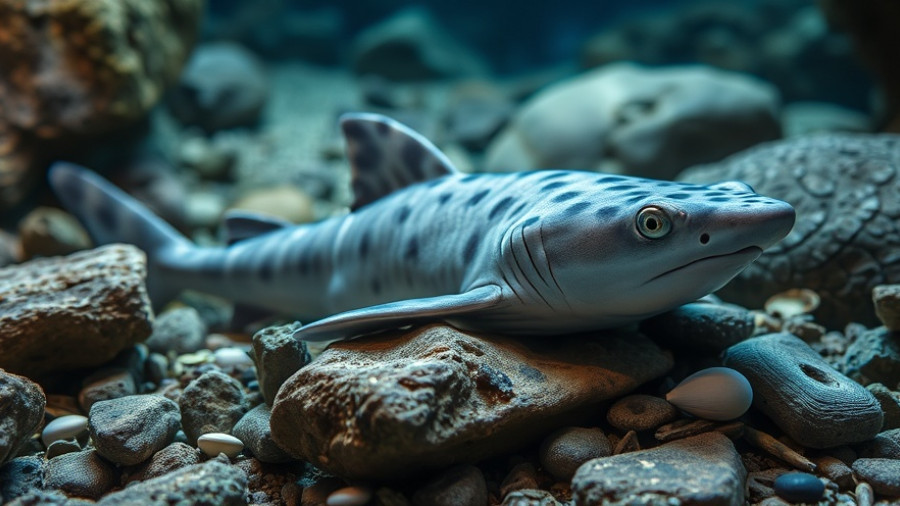
Join the Fun: Name a Shark in Gulfport!
Ever dreamed of naming a shark? Now is your chance! The Institute for Marine Mammal Studies (IMMS) in Gulfport is inviting the public to participate in a unique opportunity to name three adorable whitespotted bamboo shark pups residing at their facility. This engaging initiative not only connects the community to marine life but ignites enthusiasm for ocean conservation and education.
Sharks in Spotlight: Whitespotted Bamboo Sharks
The whitespotted bamboo shark, a nocturnal species known for its unique patterns, is a delightful sight in aquariums. Generally harmless to humans and typically found in the coral reefs of the Pacific Ocean, these sharks can grow up to a meter long. Their elongated bodies and distinctive spots make them a favorite among marine enthusiasts. According to IMMS, these sharks can be identified by the distinct spots and freckles that adorn their heads and backs, making the naming process even more special as it personalizes their identities.
Colorful Names to Choose From
Participating is easy! IMMS has curated a fun list of potential names, blending mythology with playful options. Voters can choose from classic names like 'Poseidon' and 'Athena', or opt for whimsical choices like 'Sharky McSharkFace' and 'Baby Shark!'. The inventive mix ensures that everyone can find a name that resonates with their personality or sense of humor. Furthermore, an option to submit your own creative suggestions is available, which allows for broader community involvement.
The Importance of Naming: Community Engagement
This initiative serves as a powerful tool for community engagement, encouraging local citizens to foster a stronger connection with marine wildlife. Naming these sharks is not only a fun activity but also raises awareness about the ecological challenges sharks face due to habitat loss and overfishing. By participating in such initiatives, you take a step towards advocating for marine conservation while enjoying the delightful aspect of naming a creature.
How to Participate: Voting and More
The online poll for naming the sharks will remain open for one month, giving everyone a chance to cast their votes. The results will be shared publicly, highlighting the choices made by the community. This transparency fosters a sense of shared ownership of these lovely marine animals, making it a heartwarming experience for all involved.
Why You Should Care About Sharks
With Shark Week fast approaching and increasing media focus on ocean conservation, this fun opportunity to name a shark ties into broader discussions about the importance of sharks in our ecosystems. Sharks play a crucial role in maintaining healthy ocean environments, and initiatives like these emphasize their significance. Participating in such events not only provides an enjoyable experience but also sparks conversations about marine life conservation, ensuring a brighter future for our oceans.
Final Thoughts: Get Involved!
Don’t miss out on this unique chance to make a lasting memory while contributing to marine education and conservation efforts. Heed the call to participate in naming a shark and invite your friends and family to join in the fun! Visit IMMS's website to cast your vote and be part of this wonderful initiative today!
 Add Row
Add Row  Add
Add 




Write A Comment